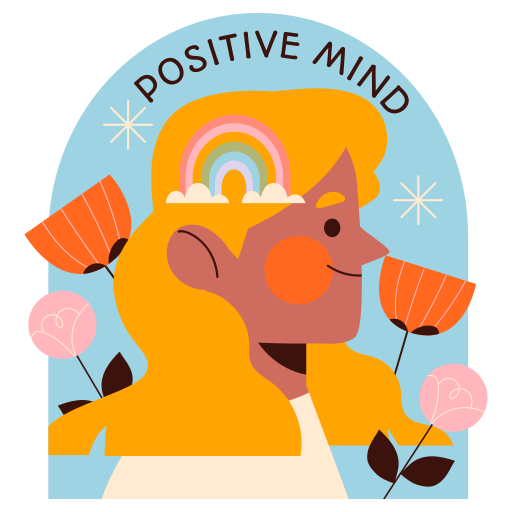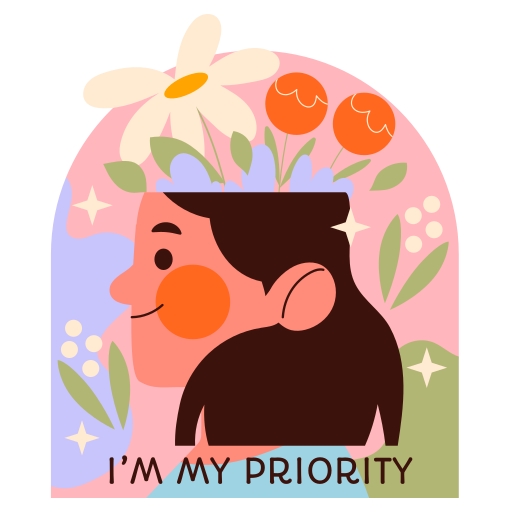Have you ever wondered about the hidden side of yourself? Dive into the world of Shadow Self Archetypes, where we uncover the secret parts of our minds that shape who we are. It's like exploring a mysterious cave full of surprises, where we meet our inner demons and unearth truths that affect how we think, act, and relate to others. By understanding these hidden aspects, we can embark on a journey of self-discovery and change, shining a light on the deep complexities that make us unique. Just like a puzzle, our shadows and light work together to reveal a deeper understanding of ourselves and the world. Join us as we unravel the mysteries within and discover the key to unlocking a new chapter of personal growth and transformation.
Understanding Shadow Self Archetypes
The comprehension of shadow self archetypes investigates into the intricate layers of the subconscious mind, uncovering the obscured facets that shape an individual's psyche. These archetypes represent the unconscious aspects of one's personality, housing traits, desires, and emotions that are often repressed or ignored in the conscious domain. By diving into these psychological shadows, individuals can achieve a deeper level of self-awareness and start on a journey of emotional healing.
Understanding shadow self archetypes is crucial for psychological integration. By recognizing and acknowledging these hidden facets, individuals can begin to integrate them into their conscious identity. This integration process allows for a more holistic understanding of the self, bridging the gap between the conscious and unconscious aspects of one's personality. Through this integration, individuals can work towards resolving inner conflicts, fostering personal growth, and achieving a greater sense of wholeness.
Types of Shadow Archetypes
Within the domain of shadow archetypes lie intricate personas that manifest subconscious desires and influences on individual behavior. The Tyrant archetype embodies the craving for power and control, often leading individuals to dominate and oppress others to fulfill their desires. In contrast, the Anarchist archetype thrives on chaos, disrupting order and challenging authority structures. This archetype embodies rebellion and a disregard for societal norms. The Seducer archetype manipulates for personal gain, enticing others with false promises and superficial benefits. It preys on vulnerabilities to achieve its objectives. The Perfectionist archetype relentlessly pursues unattainable standards, resulting in perpetual dissatisfaction and self-criticism. Lastly, the Addict archetype extends beyond substance abuse to include addictive behaviors towards work, relationships, or other substances, leading to dependency and destructive patterns. Each of these shadow archetypes reflects different aspects of human nature, shedding light on the darker impulses that influence individual behavior.
Embracing the Shadow Self

Exploring the depths of one's psyche and confronting the obscured facets of the self is vital in the path to accepting the shadow self. Embracing the shadow self involves diving into the hidden recesses of the mind to uncover repressed desires, fears, and traits that have been long ignored or suppressed. This process of integrating the shadow archetype is necessary for personal growth, as it allows individuals to attain a deeper level of self-awareness and emotional resilience. By acknowledging and accepting these darker aspects of the self, one can move towards authenticity and wholeness.
To further illustrate the importance of accepting the shadow self, the table below outlines the key benefits and outcomes associated with engaging in shadow work:
| Keywords | Description |
|---|---|
| Personal Growth | Accepting the shadow self facilitates personal development and self-improvement. |
| Integrating | Integrating the shadow archetype involves accepting and incorporating repressed aspects of the self. |
| Emotional Resilience | Engaging with the shadow self can lead to increased emotional strength and adaptability. |
| Authenticity | Accepting the shadow self allows individuals to align with their true selves and values. |
| Individuation | Accepting the shadow self is a vital step towards individuation and achieving self-realization. |
Integration and Healing Process
In the exploration of self-revelation and personal growth, the process of integrating and healing the shadow self archetypes requires a profound willingness to confront and welcome the obscured aspects of one's psyche. This transformative adventure involves exploring the depths of one's being to untangle hidden truths and reconcile conflicting parts of the self. Here are key points to contemplate in the integration and healing process:
- Acknowledging Dark Aspects: Integration of shadow self archetypes involves recognizing and accepting the less desirable traits within oneself.
- Facing Inner Conflicts: Healing the shadow self necessitates addressing internal struggles, unresolved emotions, and suppressed desires.
- Enhancing Self-Awareness: The process can lead to a deeper understanding of one's personality and motivations, nurturing personal growth.
- Achieving Emotional Balance: By welcoming and integrating shadow aspects, individuals can work towards achieving inner harmony and emotional equilibrium.
- Utilizing Therapeutic Methods: Engaging in therapy, self-reflection, or creative expression can aid in the integration and healing of the shadow self.
Shadow Archetypes in Popular Culture

The portrayal of Shadow Archetypes in popular culture serves as a compelling reflection of the complexities inherent in human psychology and the intricacies of the human psyche. These archetypes, as conceptualized by Jung, represent the darker aspects of the self that are often repressed into the personal unconscious. In narratives following the Hero's journey, the Shadow Archetype emerges as the internal struggle personified, embodying all the suppressed desires, fears, and weaknesses of the protagonist.
| Archetypal Image | Popular Culture Example |
|---|---|
| The Villain | The Joker in Batman |
| The Dark Father | Darth Vader in Star Wars |
| The Anti-Hero | Walter White in Breaking Bad |
| The Trickster | Loki in Marvel Universe |
Through these characters, individuals confront their own shadow selves and navigate the complexities of their own psyche. By exploring the representation of these archetypes in popular culture, audiences gain a deeper understanding of the human psyche and the eternal battle between light and dark within each individual.
Frequently Asked Questions
What Is the Shadow Archetype?
The shadow archetype probes into the depths of the psyche, unraveling unconscious fears, hidden motives, and suppressed emotions. It exposes the dark side of one's being, confronting inner demons and unacknowledged desires for personal growth through facing fears.
What Are Shadow Self Traits?
Shadow self traits encompass a range of characteristics such as dark desires, hidden fears, emotional turmoil, repressed anger, inner conflicts, unconscious motives, self-sabotage, negative patterns, rejected traits, and suppressed memories. Exploring these aspects can lead to personal growth and self-awareness.
What Are the 12 Archetype?
The 12 Jungian archetypes, including the Innocent, Hero, Lover, Sage, and more, represent universal human traits and behaviors. Understanding these archetypes offers insights into personality and growth potential, aiding in personal development and self-awareness.
What Is the Shadow Self in the Hero's Journey?
Within the hero's journey, the shadow self symbolizes inner conflict, confronting darkness, and integrating shadows. It represents the hero's unconscious fears, hidden desires, and emotional turmoil. By facing demons, personal growth and self-awareness are achieved.

















